Retire the ‘Tired After Turkey’ Tradition
Thanksgiving is often a favorite time for gathering with loved ones, sharing gratitude, and enjoying a feast that often becomes the centerpiece of the celebration. Yet, for many, the joy of the day is followed by a wave of fatigue, lethargy, and that familiar “turkey coma.” This post-meal sluggishness may be as traditional as the turkey itself, but it doesn’t have to be. With a few intentional adjustments, you can transform Thanksgiving into an energizing, fulfilling experience for everyone at the table.
Here are seven positive tips and strategies to help you retire the ‘tired after turkey’ tradition and create a Thanksgiving that’s balanced, joyful, and revitalizing:
1. Embrace Intentional Eating

Savor your meal by eating slowly and mindfully. Focus on enjoying the flavors, textures and aromas of the food and pay attention to your body’s early signals of fullness. Starting your meal with smaller portions allows you to truly relish every bite while preventing overeating, which is a key contributor to post-meal lethargy.
2. Prioritize Nutrient Balance
Turkey gets a lot of attention, but the sides are where balance comes in. Pair the protein-rich turkey with fiber-packed vegetables, healthy fats, and complex carbohydrates. Dishes like roasted Brussels sprouts, sweet potatoes, or quinoa-stuffed squash can help stabilize blood sugar levels and prevent energy crashes.
3. Stay Hydrated
It’s easy to overlook hydration amidst the festivities, but water is your best ally in combating fatigue. Dehydration can amplify tiredness, so drink plenty of water throughout the day. Consider infusing your water with lemon, mint, or cucumber for a refreshing twist.
4. Take Movement Breaks

Integrate light physical activity into your Thanksgiving traditions. A morning family walk, a game of touch football, or even a post-meal stroll can boost circulation, aid digestion, and keep energy levels up. Movement also creates wonderful opportunities for connection and conversation.
5. Rethink the Heavy Dishes
Modify traditional recipes to lighten the calorie load without sacrificing flavor. For instance, use Greek or plant-based yogurt instead of heavy cream in mashed potatoes or try a honey glaze instead of marshmallows on sweet potatoes. Offering a variety of lighter options allows everyone to feel satisfied but not weighed down.
6. Create Moments for Gratitude and Relaxation
Thanksgiving isn’t just about the meal; it’s also about togetherness and reflection. Include a moment of collective gratitude before or after the meal, or offer a quiet space for guests to relax. Gentle practices like deep breathing or a brief mindfulness exercise can help calm the nervous system and keep the day enjoyable rather than overwhelming.
7. End the Day with a Light Dessert and Herbal Tea

Instead of loading up on heavy, sugar-filled desserts, offer a selection of lighter treats like fruit crisps, dark chocolate, or baked apples. Pair them with soothing herbal teas like chamomile or peppermint, which aid digestion and promote relaxation without the crash of coffee or sugary beverages.
By incorporating these strategies into your Thanksgiving, you may elevate the experience from a day of indulgence and exhaustion to one of celebration, connection, and rejuvenation. This year, retire the tired after turkey tradition, and create a holiday that leaves everyone feeling lighter, brighter, and more grateful than ever.
Here’s to a Thanksgiving that nourishes not just the body, but the heart and spirit, too!
Contact Dr. Donkin for more information about retiring the ‘Tired After Turkey’ tradition or effectively working through the neck and back tension and pain that is often associated with it.
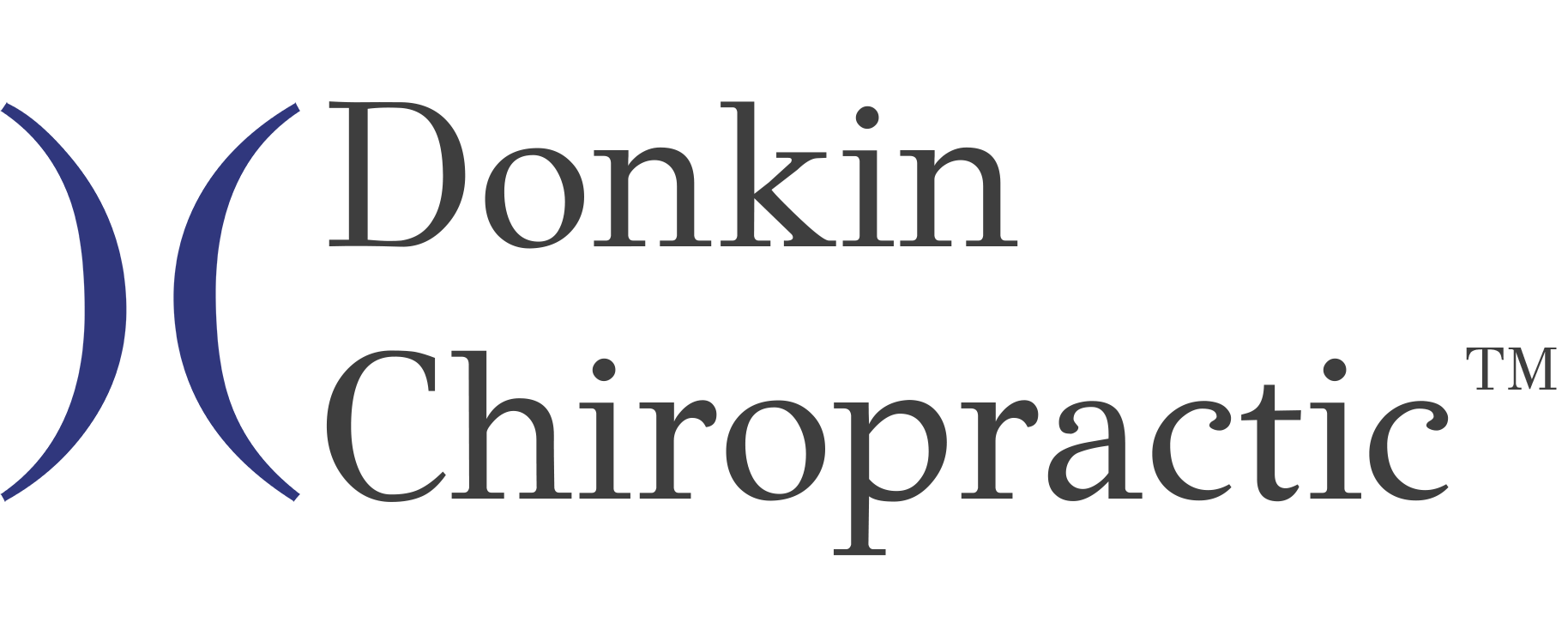

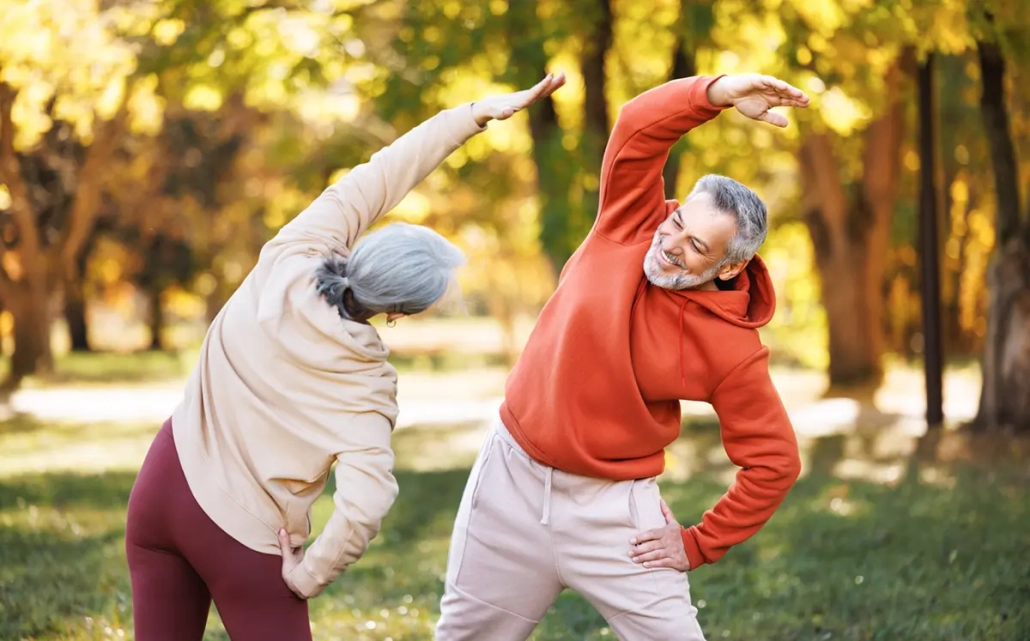
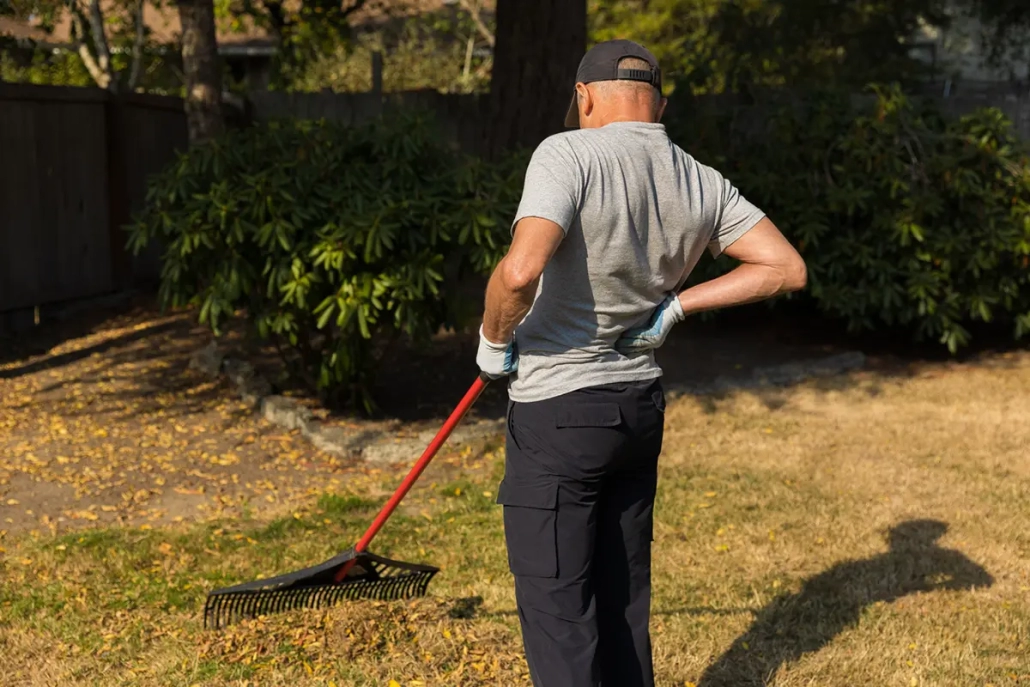

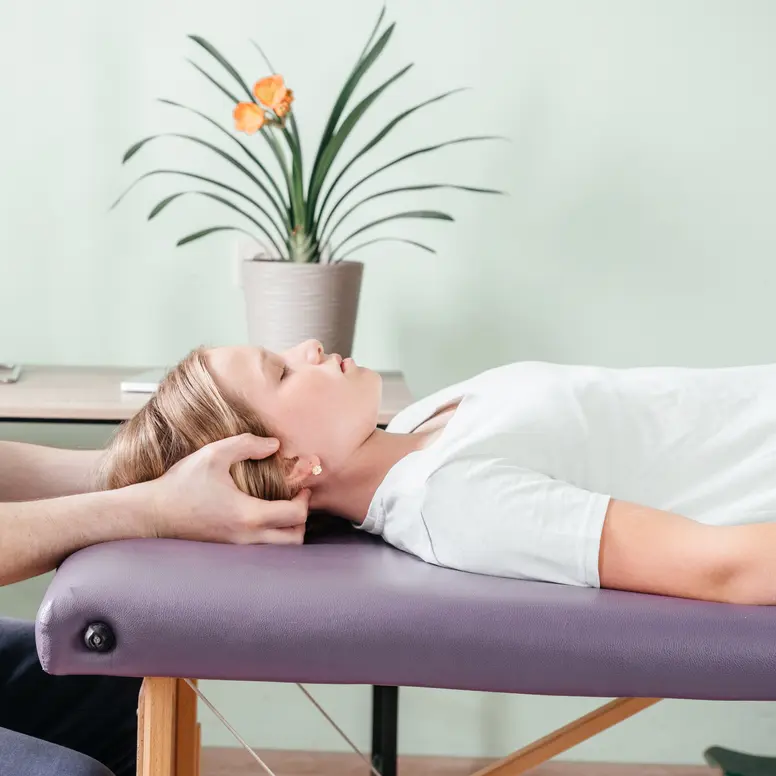



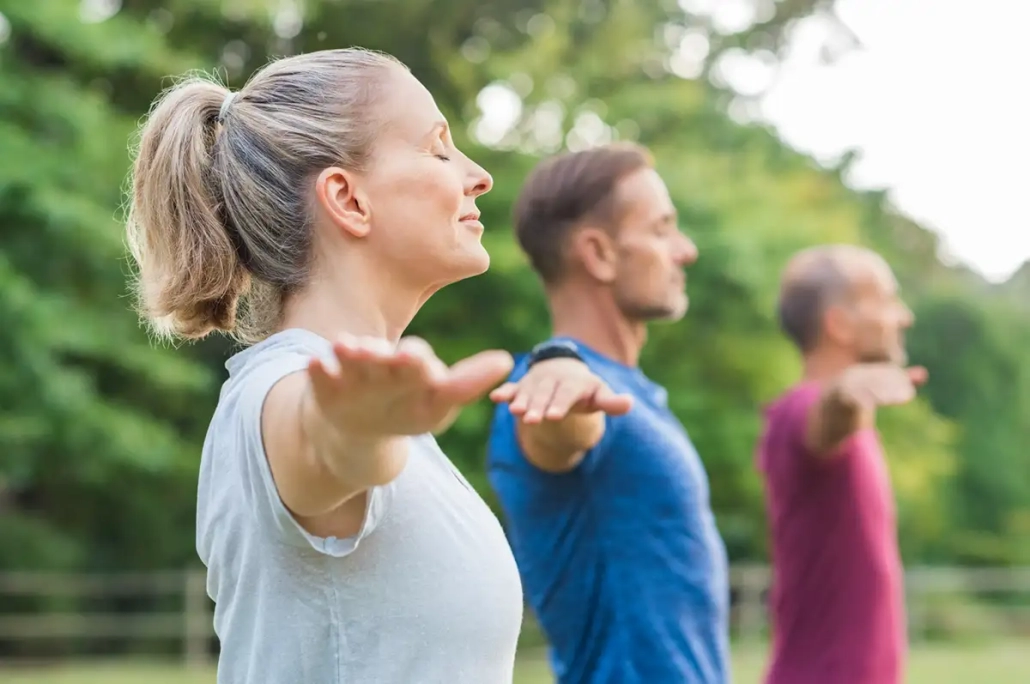




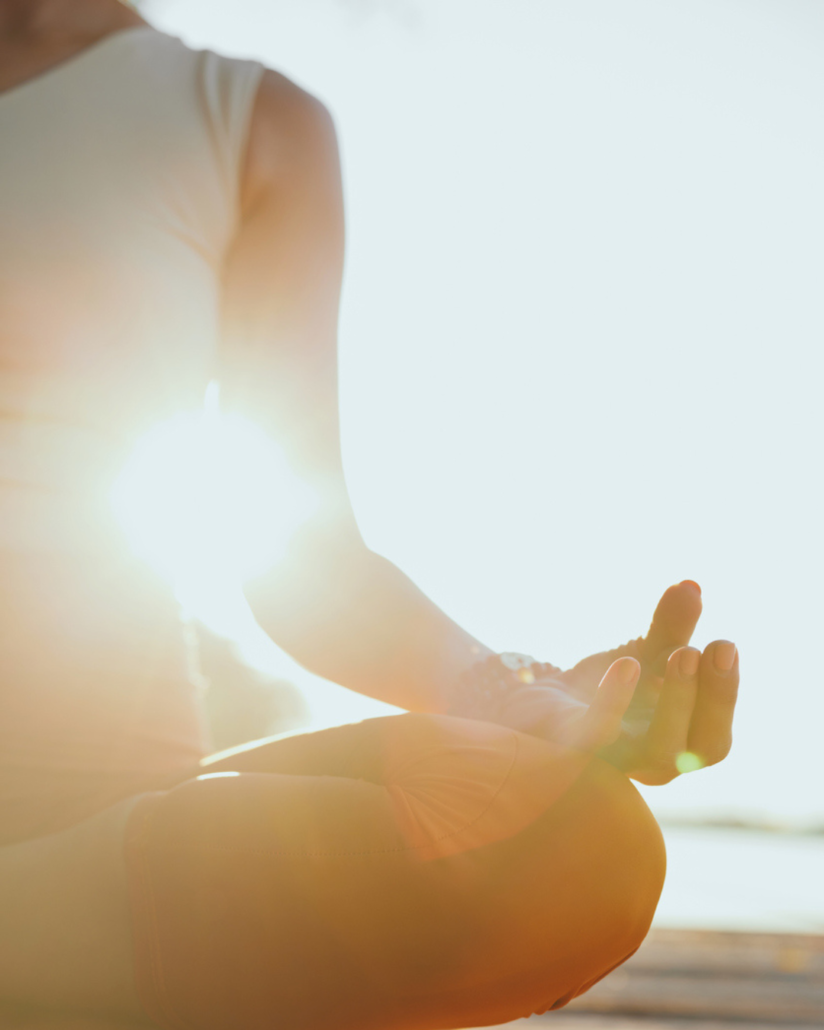

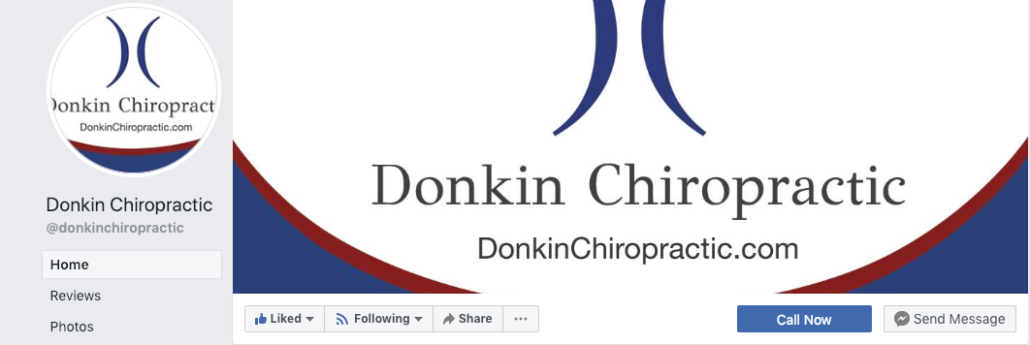





 Scott Donkin, DC, DACBOH, is an internationally published author, chiropractor, lecturer, and consultant who has been in private practice in Lincoln, Nebraska for over twenty-five years.
Scott Donkin, DC, DACBOH, is an internationally published author, chiropractor, lecturer, and consultant who has been in private practice in Lincoln, Nebraska for over twenty-five years.